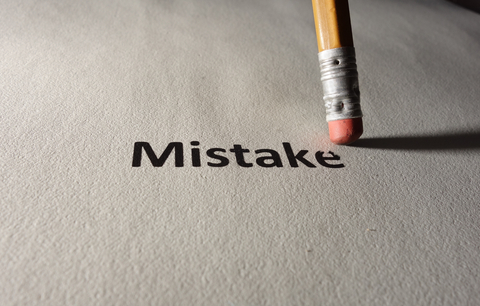
Most life science and medical device sales professionals will tell you they are working within a new normal these days. The products they sell grow increasingly complicated. Customers are savvier than ever and do their research before engaging with reps. Procurement departments aggressively look for ways to cut costs. Marketplaces grow more competitive as new players enter the fray. And the regulatory landscape is harder to navigate with each passing year.
The end goal of sales training should be to equip sales reps and account managers to be trusted advocates for their customers. When sales reps partner with their customer and invest in their shared success, the buyer and seller both win. And when working with key accounts, account managers must have the ability to step back from the immediate need and create long-term, mutual value with each account they serve. This is obviously a tall order; it demands a high level of dedication from sales reps and account managers and requires that they truly care about their customers’ outcomes. It also demands a lot from the trainers who must prepare them to sell.
In the face of these challenges, it’s important to ask: Are your sales enablement strategies current? Are you using best practices to enable your sales force, or could your training use some updates? If your sales enablement tools and strategies have one or more of the following characteristics, they may not be sustainable practices going forward:
1. They are not connected to reps’ daily workflow.
If your sales reps spend most of their time away from a computer, creating sales enablement tools that are only available on a desktop or even a tablet is a huge miss. Designing tools that are “mobile friendly” is no longer enough: Sales enablement tools and strategies must be specifically optimized for the mobile experience.
If your sales reps work in a call center environment, the opposite may be true and they will prefer to access tools from the computer they use all day to sell. No matter where your sales reps spend most of their time, connecting sales enablement tools and resources to the CRM system is ideal.
2. They only teach basic features and benefits.
Some sales enablement only focuses on the basic features and benefits of a product. However, customers increasingly need sales professionals to understand their unique pain and partner with them to find the right solution. This is an even bigger issue when preparing key account managers to sell into the C-Suite. If you only teach reps how to recite a list of product facts, you really have not prepared them to sell (or support an account’s long-term needs) at all.
3. They don’t drive uniform messaging.
The marketing department will, of course, tell you that uniform messaging is very important. When a product is complex and highly regulated, it is absolutely critical to ensure that sales reps are saying the same things, in the same way, around the world. This is where learning reinforcement stands out as a sales enablement strategy.
4. They don’t adapt with regulatory changes.
The Affordable Care Act has caused health systems and hospitals to shift their focus from a volume-based model to a population management model where quality and risk reduction are king. Sales reps and account managers who are still carrying around the features and benefits of yesterday are unprepared to meet the needs of their customers, who now care less about volume and more about patient outcomes and reducing readmissions. For this reason, sales enablement content must be continuously audited and tweaked to make sure it encourages the correct behaviors and teaches the right messages.
Steven Boller is marketing director for Bottom-Line Performance, Inc. Email Steve at Steve@bottomlineperformance.com.








